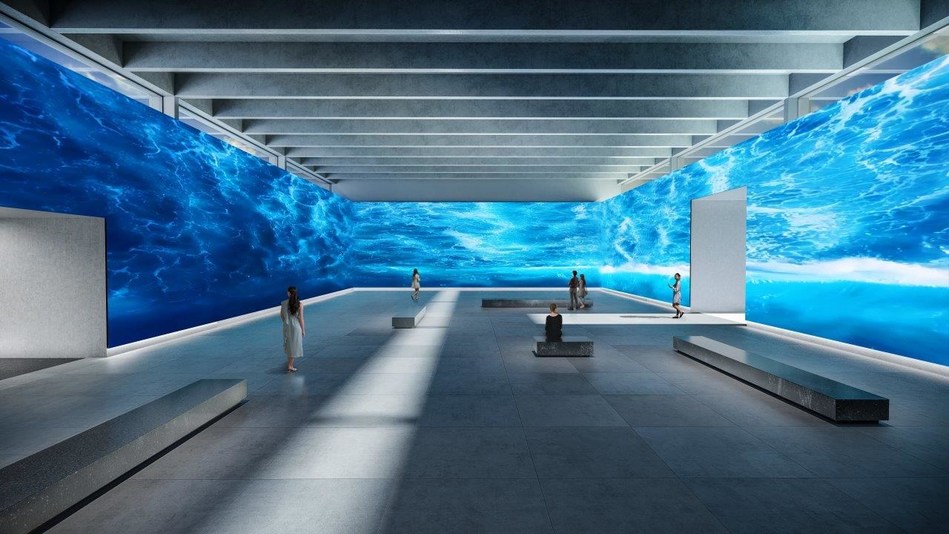
MicroLED Manufacturing Could Mark Shift Away From Chinese LED Dominance: Futuresource
October 7, 2021 by Dave Haynes
The UK research firm Futuresource Consulting – one of a small handful of companies doing legit research in the display industry – has pushed out a new market report looking at the fast-emerging microLED display market.
The report suggests more than 60 companies will invest around $10 billion between them over the next few years, “creating a $50 billion-plus cumulative marketing opportunity over the next decade.”
“Control rooms, presentation displays, brand enablement, broadcast, and architectural applications are all ideal environments for MicroLED,” explains Chris McIntyre-Brown, Director at Futuresource Consulting. “The narrow pixel pitches enabled by MicroLED make close-up viewing increasingly viable. This opens up collaboration usage models that just aren’t possible today with SMD LED.”
“The presentation market is also beginning to experience the advent of all-in-one displays, which are generally considered the future of the industry,” he adds. “All-in-ones simplify the design process and can be sold through distribution channels. They are fast, easy to install, and integrate several components into a single form factor.”
Me – I think microLED will eventually go down the bundled path – selling these displays like big-ass LCDs – but that market seems much more, right now, about more conventional fine-pitch product, ‘cuz price. MicroLED is still in the Dodgers starter/Manchester City striker kind of income/spending category.
However, the report notes, there are a number of critical steps that need to be perfected before MicroLED can be integrated into professional AV at a price that’s acceptable to the market. From highly complex epitaxial growth – the process of growing a thin crystalline layer on a substrate – to chiplet cutting, epiwafer and module board production, as well as TFT backplane manufacturing innovation, the challenges are many.
What’s more, the system design needs to consider modularization, serviceability, inspection and repair, as well as the mechanical design to obtain the coveted seamless pixel-perfect quality standard.
Due to the high barriers to entry, Futuresource believes there will only be a maximum of seven companies that will have control over this disruptive technology. They will develop their own supply chains for system level components, creating ecosystem clusters that bring together the nine specialist manufacturing and process requirements of MicroLED.
The latest research reveals that Samsung, Leyard and Foxconn stand out as the MicroLED leaders to date. They have the most comprehensive ecosystem clusters and Futuresource expects them to be early entrants into the market. Other global professional AV and CE market leaders, including Apple, BOE, LG and Sony are also pursuing the opportunity.
Slightly weird, as Sony was the first company to have microLED video walls – the Crystal LED – and it is still aggressively marketed.
“Although there is much to be done to make MicroLED a mainstream pro AV reality, the industry is already moving in the right direction and gaining some momentum,” says McIntyre-Brown. “The technology also presents an open door for new players with semiconductor technology and manufacturing expertise, carving out enviable positions within the ecosystem clusters.”
In addition, while display tech has previously been a Chinese-dominated industry, only around 10% of the key MicroLED players are based in China. As the game plays out, Futuresource predict that this could unseat Chinese LED display market leadership, leaving other brands free to carve out lucrative market advantages.
STRATACACHE – which has done outdoor LCD and specialty displays for a few years, but is much more known as a software-driven company – is a good example of a company that’s outside the display norms. It is spinning up an old semiconductor factory in Oregon to manufacture microLED product – for wearables up to large format video wall product.



Leave a comment